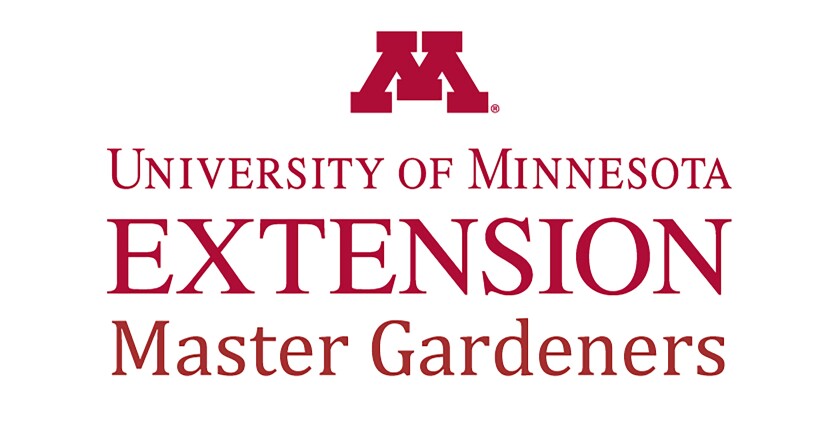Q: I have heard that some of the weeds that come up in yards and gardens can be eaten. Can you tell me which ones I can eat? Any ideas about how to cook them?

A: As spring arrives, weeds compete for nutrients and space in our yards and gardens. Some of us fight nobly to eradicate them. However, some of these “weeds” are edible, delicious and full of nutrients.
Arguably, the most ubiquitous of these weeds is the infamous dandelion. These aggressive, perennial plants are easily identified by their bright yellow flowers that turn white and fluffy when they go to seed. To take advantage of this underappreciated natural resource, dig a clump of the greens before the flowers emerge.
Be sure to get some of the taproot so the leaves stay together. Because of the way the dandelion leaves are clustered, they can be dirty. Rinse each cluster in cold water and remove any dead leaves. Submerging the leaves and agitating is another way to remove dirt and debris.
Stinging nettle is another species that can find its way into our landscapes. When the plants grow more than a few inches tall, the fine hairs will cause an itchy, burning sting if they touch your bare skin. Removal requires the use of long sleeves and gloves.
However, if harvested when young and succulent, the plant does not sting and can be eaten. A similar species, wood nettle, is also common in Minnesota. False nettle is another species that can be found in Minnesota. Use plant characteristics such as leaf arrangement (alternate or opposite) to differentiate between the individual species.
Other common edible weeds include purslane and lambsquarters.
Purslane is a prostrate plant (grows flatly across the ground, rather than upright) and a succulent (stores water in its leaves like a cactus). You can identify it by its fleshy, reddish stems and small, oval-shaped, glossy leaves. It is a hardy plant that can grow in difficult conditions, including drought, and can grow in sun or shade. You can find it in a variety of different soils and may even find it growing through cracks in pavement.

Portulaca oleracea (purslane) grows in soil.
Orest Lyzhechka / Getty Images
Lambsquarters have triangular to diamond-shaped leaves, usually with a waxy, white coating on the underside. According to Iowa State University, it was once the predominant leafy vegetable in Europe, before being replaced by spinach in the 16th century. You may find it in fields, in your garden, or especially in disturbed areas.
When harvesting plants for consumption that you did not sow, it is critical to identify the plant positively. Some species are easier to identify than others. To help ensure positive identification, become familiar with the identifying characteristics of each species.
There are a variety of resources that you can use to help you become familiar with the characteristics of these plants, including mobile apps, websites such as the University of Minnesota Extension, field guides and social media groups.
Some good photos of edible weeds can be found at
bit.ly/3ZmXwAa.
Once harvested, all these greens can be used in cooking, similar to how you would use cultivated greens. While everyone may have their own preferences on how to use them, I have found that nettles make a delicious omelet or with scrambled eggs, dandelions are great in salads, and lambsquarters are best if picked, rinsed and eaten fresh.
All these “weeds” are a fine addition to your favorite soup or stir fry. My recommendation is to be creative. There are some recipes at
bit.ly/4dp4wm2.

